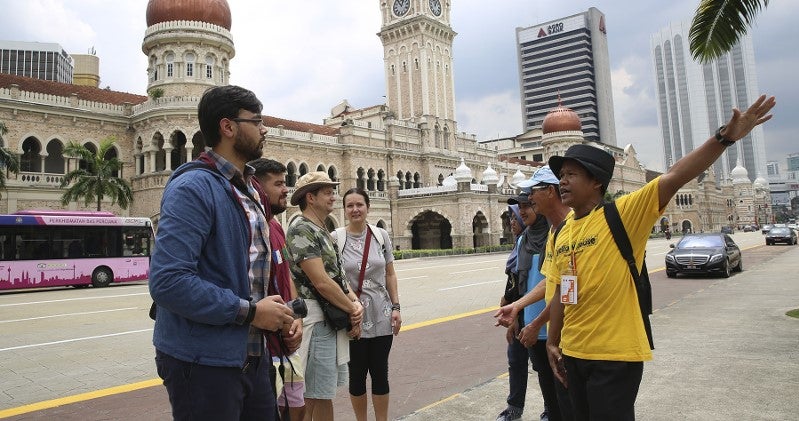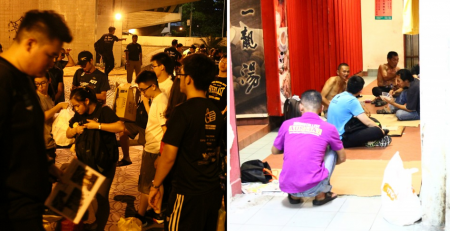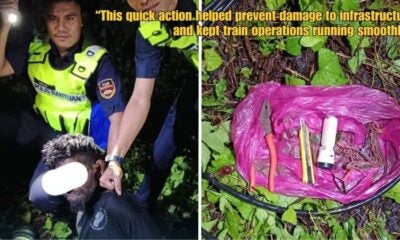Take a walk around Kuala Lumpur and you would see dozens of tourists making their rounds in the city, visiting Malaysia’s most famous landmarks and skyscrapers, while documenting their experience as they learn about our culture from tour guides.
When the buzz of the city dies down at the end of the day, most residents in the city of about 7.2 million make their way home where they can rest in the comfort of their own beds.
However, there are some who come out of hiding at this time and start looking for a place to sleep on the streets. It could be anywhere in the city, like on a bench, on the steps of a building or even on their makeshift ‘beds’ made out of cardboard in the alleyways. These are the homeless people of Malaysia who don’t have the luxury of having a roof over their heads.
According to latest figures by Kuala Lumpur City Hall (DBKL), the number of street sleepers rose at an alarming rate from about 600 in 2014 to more than 2,000 in 2015. However, in January this year, things are taking a turn for them. Social enterprise Yellow House KL recently launched a programme called Unseen Tours Kuala Lumpur to help those living on the fringes of society.
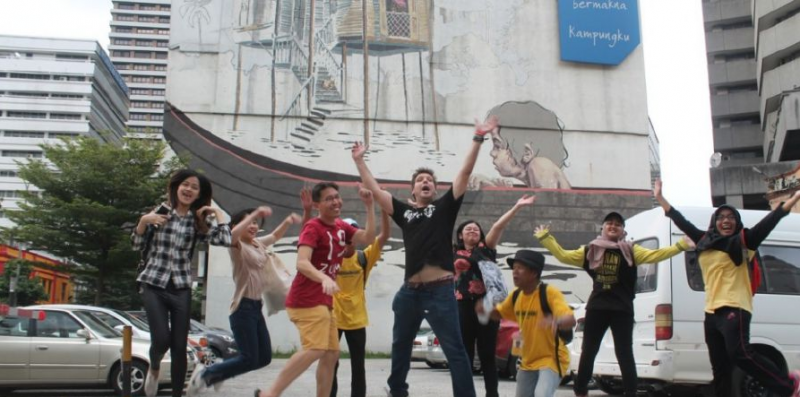
Source: NST
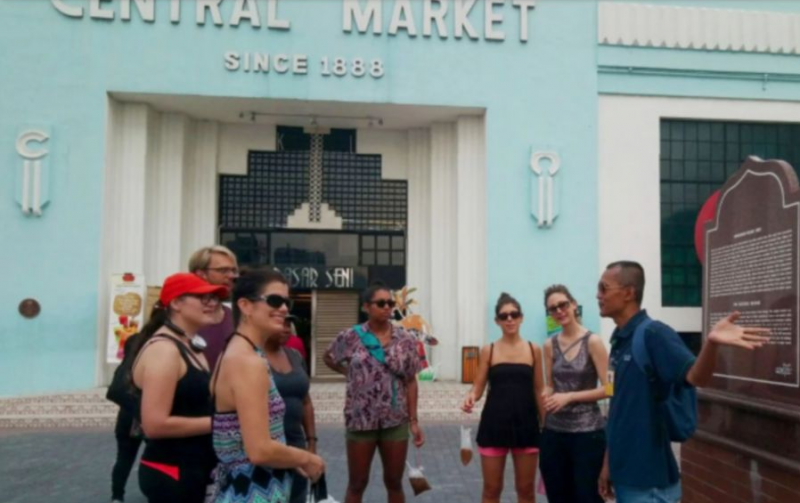
Source: NST
Their goal is to give street sleepers employment opportunities by training them to become tour guides. Once they have achieved this, the street sleepers are able to gain a measure of financial stability and begin a new life.
According to NST, candidates for the jobs are recommended by a government-funded rehabilitation camp for the homeless called Kem Pemantapan Jatidiri (self-identity strengthening camp).
Shyam Priah, founder of Yellow House KL said that Unseen Tours Kuala Lumpur consists of walking tours created, designed and led by the former street friends of Kuala Lumpur.
“It is based on one simple ideology: who knows the streets better than the street people?” she said.
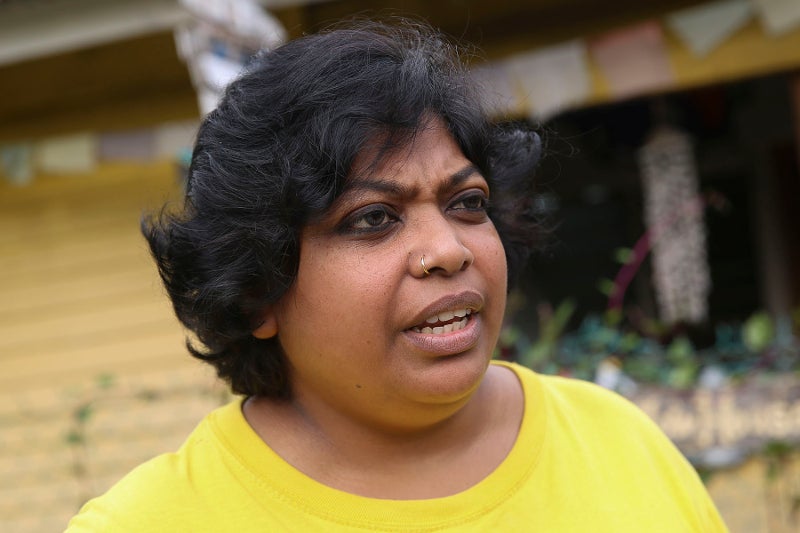
Source: Malay Mail
The tour gives participants the opportunity to visit unique and interesting places in KL that is not provided by conventional tour packages. “It makes the tourists’ experience more exciting and memorable,” Priah says.
This idea was proposed a while back, but was only initiated after Priah roped in Volunteering for International Professionals (VIP) who helped Priah design the tour programme. VIP is a government initiative that creates a pool of talented professionals who are passionate about sharing their expertise and experiences.
Candidates of the programme have to be free from substance abuse, have a certain education level, and possess passion, commitment and discipline.
“Chosen candidates go through a random urine test every month to ensure they are substance free. They also attend counselling sessions and engage in social responsibility activities for emotional, physical and spiritual well-being,” Priah said.
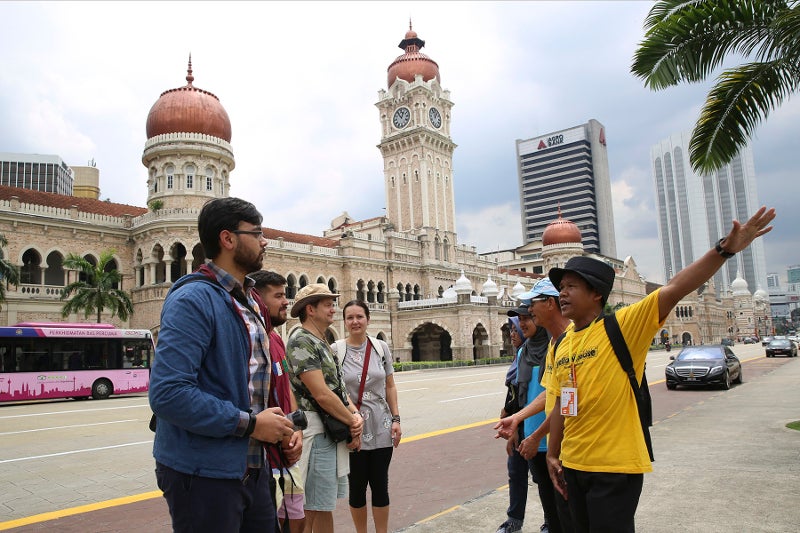
Source: Malay Mail
On top of that, they must be Malaysians who are able to speak English.
“This is paid work for the guides. They receive 60 per cent [of the fees]. The rest is retained by Yellow House KL to help others who join the programme,” Priah added.
Ever since it was launched, the response has been promising as more than 100 tourists have made bookings.
“The testimonials and public perception have been encouraging. We have also been approached by heritage and tourism organisations in neighbouring countries [inquiring about] how similar initiatives can be started there to increase the employability of the street community,” she says.
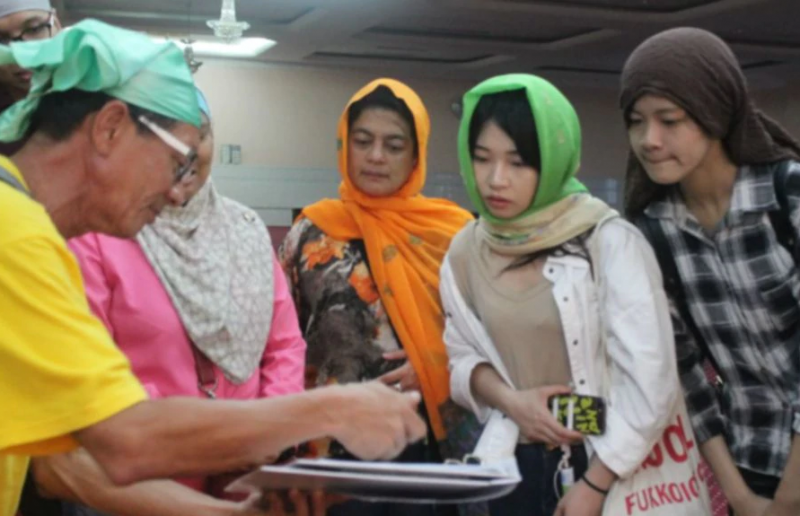
Source: NST
Unseen Tours Kuala Lumpur offers three distinct walking tours:
- A haunted tour
- A street art tour
- A multicultural tour
“In the haunted tour, tourists are taken to places and buildings in Kuala Lumpur that are rumoured to be haunted. The street art tour takes tourists to see the creative murals in the city, while the multicultural tour brings them to places with rich cultural diversity,” Priah says.
“These tours are different because they are crafted and created by former street people, who know every nook and corner like the backs of their hands.”
Each tour lasts up to two hours and costs RM55 (US$13.60).
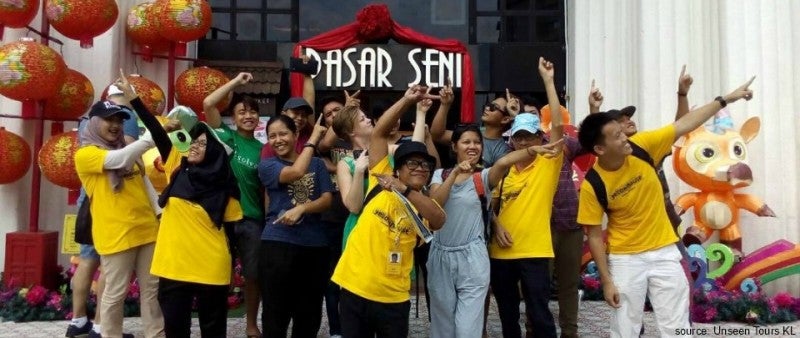
Source: BFM
Nur Iffah Najat, 23, one of the guides in the programme said she was nervous when she was given the opportunity to be trained as a guide. She decided to take the chance as she wanted to end the poverty running in her family for a long time.
“I felt more confident after going through the training programme, and for the first time in my life, I felt that I was on the right path. I am currently pursuing my studies in linguistics and my financial stability has improved, thanks to the initiative,” Najat said.
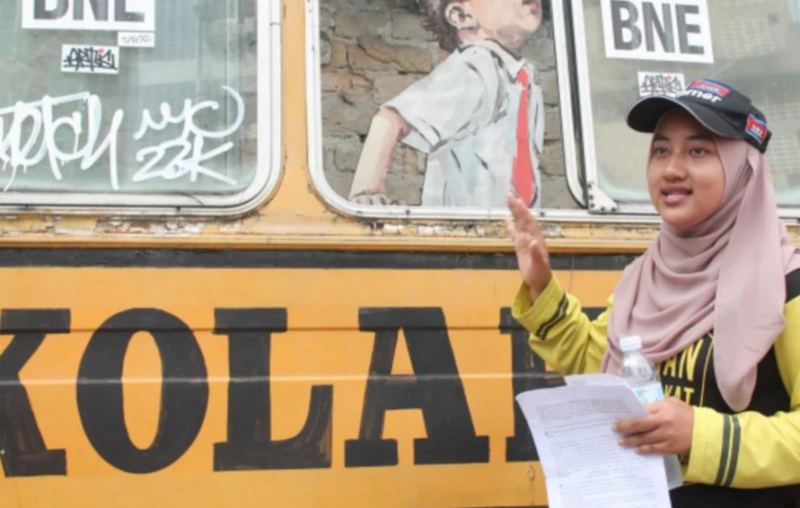
Source: NST
Isn’t it great that homeless people now have a chance to make a living? We hope that this will reduce the amount of people living on the streets.
Also read: Homeless Man Reveals Sad Truth of Having No Job Due to Cheap Immigrant Workers

